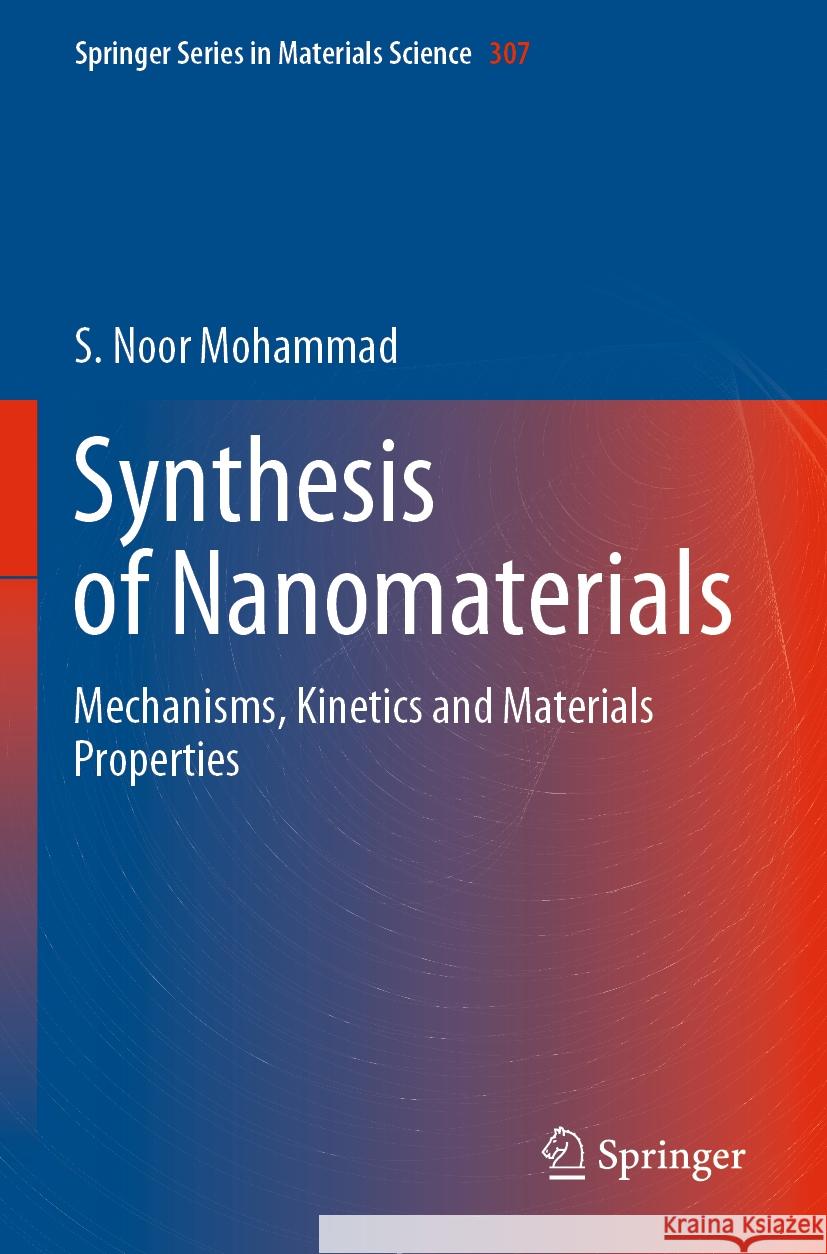Synthesis of Nanomaterials: Mechanisms, Kinetics and Materials Properties » książka
topmenu
Synthesis of Nanomaterials: Mechanisms, Kinetics and Materials Properties
ISBN-13: 9783030575878 / Angielski / Miękka / 2021 / 472 str.
Synthesis of Nanomaterials: Mechanisms, Kinetics and Materials Properties
ISBN-13: 9783030575878 / Angielski / Miękka / 2021 / 472 str.
cena 564,88 zł
(netto: 537,98 VAT: 5%)
Najniższa cena z 30 dni: 539,74 zł
(netto: 537,98 VAT: 5%)
Najniższa cena z 30 dni: 539,74 zł
Termin realizacji zamówienia:
ok. 22 dni roboczych
Bez gwarancji dostawy przed świętami
ok. 22 dni roboczych
Bez gwarancji dostawy przed świętami
Darmowa dostawa!
Kategorie:
Kategorie BISAC:
Wydawca:
Springer
Język:
Angielski
ISBN-13:
9783030575878
Rok wydania:
2021
Ilość stron:
472
Waga:
0.65 kg
Wymiary:
23.39 x 15.6 x 2.41
Oprawa:
Miękka
Wolumenów:
01
Dodatkowe informacje:
Wydanie ilustrowane











